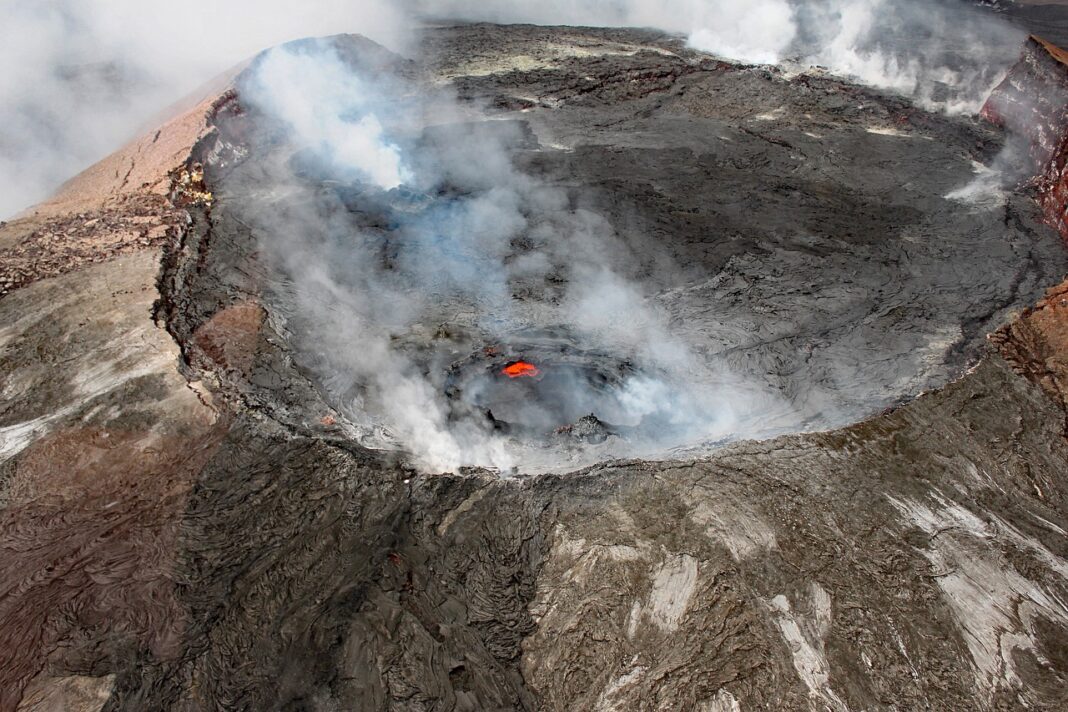Science is all around us, whether it happens in the classroom at school, or at home in your kitchen. In order to be a good scientist, it is important to keep observing the world around you and absorbing new pieces of information each and every day. Today, I am going to show you how to create your own fun science project. Introducing (drum-roll please) “1…2…3… The Volcano”!
But before we get into the materials needed to put our experiment into action, let’s take a quick peek at what a volcano even is.
According to National Geographic Kids, a volcano is an opening in the Earth that allows gas, hot magma, and ash to escape from the Earth’s crust. However, in order to be as fiery and explosive as we see online, massive amounts of heat and pressure must be formed and stored during the formation process. The Earth has 7 major plates and 8 minor plates. When these plates move together or apart, magma is rapidly pushed all the way up to the Earth’s surface! Magma once it reaches the surface of the earth is now considered lava.
Materials
- 10 ml of dish soap
- 100 ml of warm water
- 400 ml of white vinegar
- Food colouring (preferably red, yellow, and/or orange to simulate the lava)
- Baking soda slurry (fill a cup about ½ with baking soda, then fill the rest of the way with water)
- Empty 2 litre soda bottle
If you’re wondering what the empty soda bottle is for, it is being used to act as our “volcano” in the experiment. If you would like to make this project even more realistic, then you can craft your own volcano by putting your artistic abilities to the test.
Procedure
Those are all the materials needed to conduct this experiment so let’s see what our plan of attack is.
- Combine the vinegar, water, dish soap and 2 drops of food colouring into the empty soda bottle.
- Use a spoon to mix the baking soda slurry until it is all a liquid.
- Pour the baking soda slurry into the soda bottle quickly
- Run for your life!!! (Just kidding, just quickly take a couple steps back to avoid getting erupted on)
Congratulations! You just simulated your own mini volcano eruption!
The Science Behind It All
Therefore, why not take a look at why this happened?
I’m not going to go deep into detail by discussing the molecular aspects of the sodium bicarbonate’s chemical reaction (which is actually the scientific way or referring to baking soda). Let’s keep it simple.
Vinegar is an acid, meaning it is lower than 7 on the pH scale. Baking soda is a base, meaning that it is higher than 7 on the pH scale. Because they are both quite different from one another, a reaction forms when they are combined together. This reaction causes carbon dioxide bubbles to form, making the contents of the mini-volcano all foamy, bubbly, and therefore, “explosive”!
Today, you just learned what a volcano is, how they are formed, how to simulate your own, and the magic (science) behind it!
Thanks for reading and stay tuned for more updates regarding our ever-changing science filled world.

